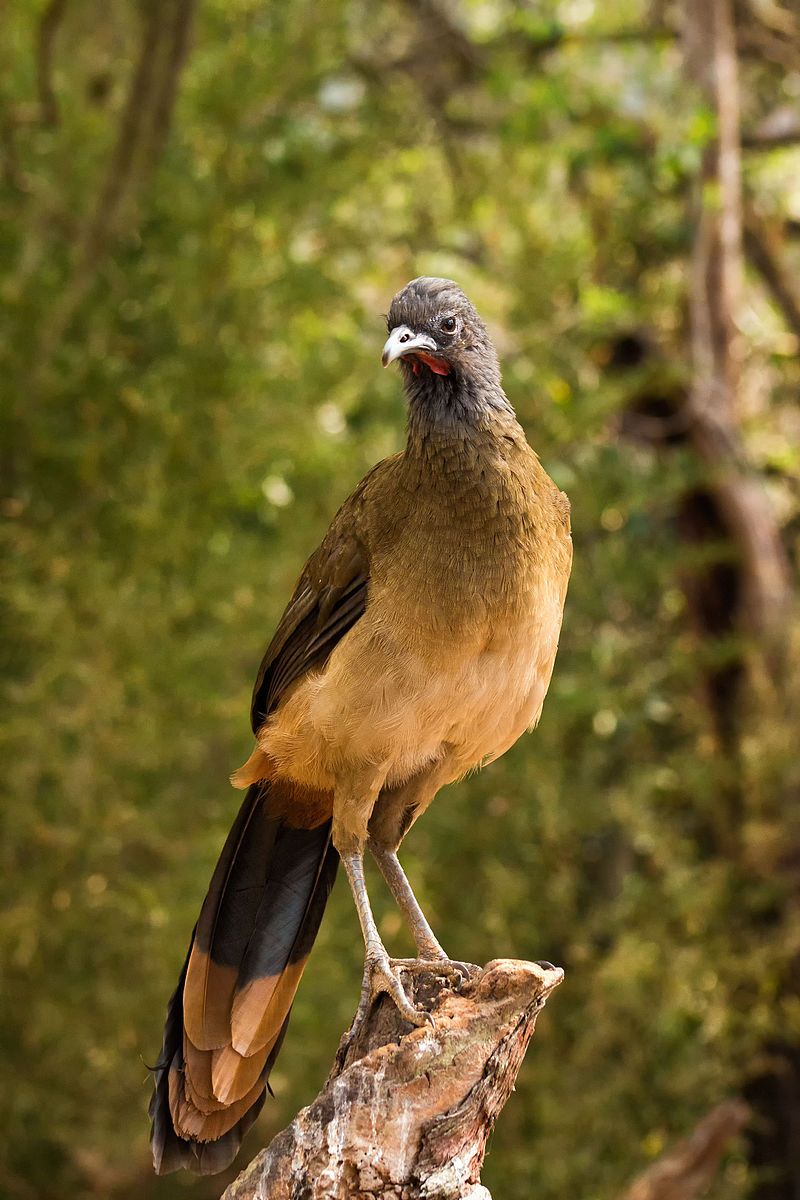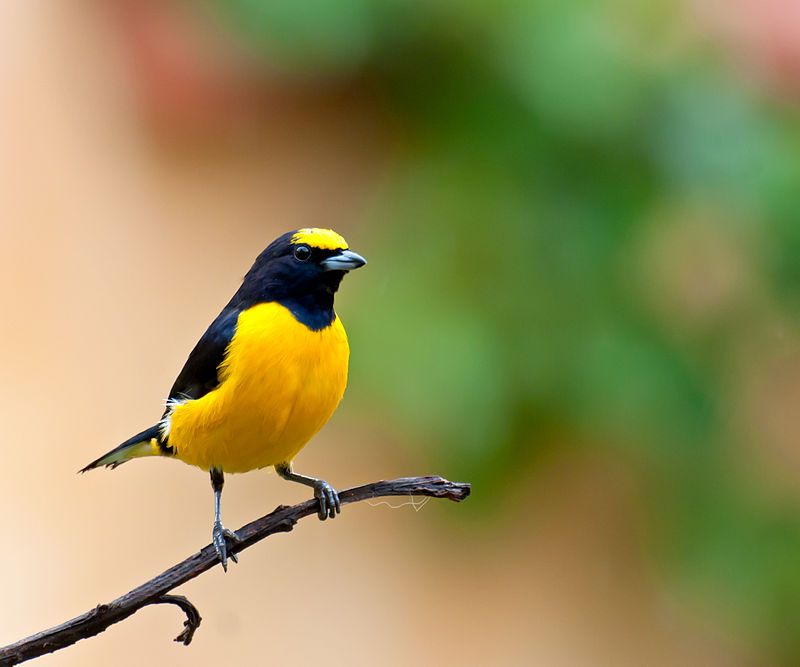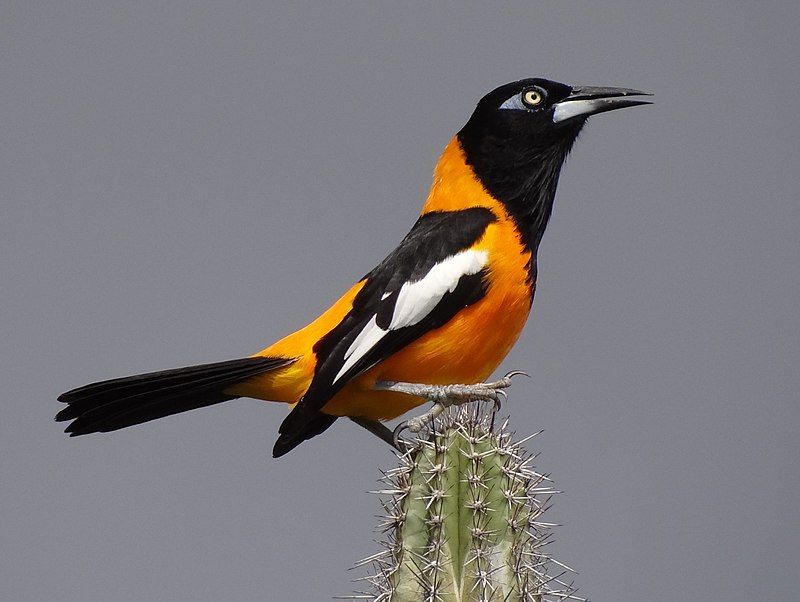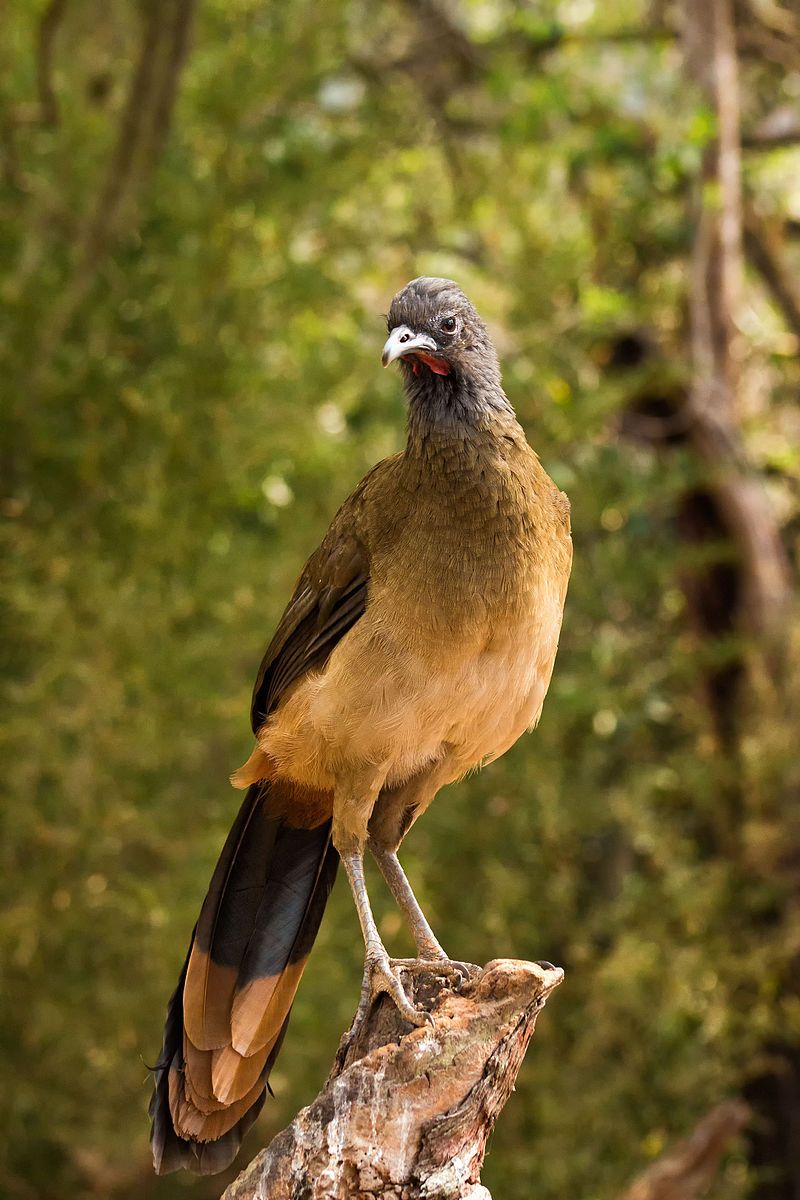Birds are an integral part of life in Barinas, Venezuela. They provide a unique source of beauty and a natural soundscape to the landscape.
Local species like the Scarlet Ibis, White-winged Dove, White-tipped Dove, and the endangered Grey-headed Kite are just a few of the species found in the area. Birdwatching is a popular activity, as the variety of bird species in the area is vast.
From the spectacularly-colored Scarlet Ibis to the diminutive hummingbird, there is something for everyone to enjoy. With a bit of luck, you may even be able to spot a rare bird or two.
Whether you’re a seasoned birdwatcher or just starting, Barinas is a great place to observe and appreciate birds.
7 Birds to Watch in Barinas
Barinas is a state in western Venezuela known for its natural beauty and rich biodiversity. It has a variety of habitats, from mountains and forests to plains and wetlands, that support a wide range of wildlife.
One of the most fascinating aspects of Barinas is its birdlife, which includes some rare and endemic species worth watching. Here are seven birds that you should look out for when visiting Barinas.
1. Chachalacas

Chachalacas are birds from the genus Ortalis, part of the galliform bird family. They are native to the far southern United States, Mexico, and Central and South America and can be found in wooded habitats.
They are medium-sized birds, typically ranging between 30 and 40 cm in length, with a wingspan of around 50 cm. They usually have a brown, grey, or black coloration, with some species having a distinctive white line running across the eye.
They are omnivorous, mainly eating fruits, seeds, insects, and other small animals. Chachalacas are typically found in small groups and are known for their loud, distinctive calls, often heard in the early morning or late afternoon.
They are also known to be quite shy and difficult to approach, making them a challenge to observe in the wild.
| Kingdom | Animalia |
| Phylum | Chordata |
| Class | Aves |
| Order | Galliformes |
| Family | Cracidae |
| Genus | Ortalis |
2. Purple-throated Euphonia

The purple-throated euphonia is a species of songbird that belongs to the family Fringillidae. This bird was formerly part of the Thraupidae family but has since been reclassified. The Purple-throated Euphonia can be found in many parts of South America.
Specifically, its range covers Argentina, Bolivia, Brazil, Colombia, Ecuador, French Guiana, Guyana, Paraguay, Peru, Suriname, Uruguay, and Venezuela.
The Purple-throated Euphonia is well adapted to various habitats, including tropical rainforests, deciduous and semi-deciduous forests, and even mangroves.
It is a small songbird with a short, stout bill, brownish-red head, and neck. Its breast and back are gray-brown, and its wings and tail are blackish-brown.
The most distinguishing feature of this species is its purple throat patch, which is the source of its name. The Purple-throated euphonia is a socially active species often found in flocks of up to 20 individuals.
They feed primarily on insects, as well as some fruits and seeds.
If available, they also take advantage of human-provided food sources, such as garden bird feeders. The Purple-throated Euphonia is a comparatively common species not considered at risk of extinction.
Nonetheless, it is essential to be mindful of its needs to ensure its continued presence in its native habitats. Conserving its natural habitats is critical to preserving its population in the wild.
| Kingdom | Animalia |
| Phylum | Chordata |
| Class | Aves |
| Order | Passeriformes |
| Family | Fringillidae |
| Genus | Euphonia |
| Species | E. chlorotica |
3. Orange-crowned Euphonia
The orange-crowned euphonia is a species of bird in the family Fringillidae, which is a large bird family that includes finches, buntings, and cardueline seedeaters.
This species of bird is found in Central America, from Mexico to Panama, and is typically found in subtropical or tropical moist lowland forests and mangrove forests.
The orange-crowned euphonia is a small bird, measuring approximately 4-5 inches in length, and has a black head, olive-green back and wings, yellow underparts, and a bright orange patch on its crown.
The male and female birds look very similar, but the male typically has a brighter orange patch on its crown.
The orange-crowned euphonia is a common bird species, although its population has declined in some areas due to deforestation and other human-created environmental disturbances. Its diet consists mainly of insects, berries, and some seeds.
This bird species is not considered to be threatened with extinction, but its population numbers are monitored to ensure that it remains stable.
| Kingdom | Animalia |
| Phylum | Chordata |
| Class | Aves |
| Order | Passeriformes |
| Family | Fringillidae |
| Genus | Euphonia |
| Species | E. saturata |
4. Hispaniolan Euphonia
The Hispaniolan Euphonia is an interesting species of bird that is found only in the Caribbean. It is part of the Fringillidae family, a large group of birds commonly called finches.
The Hispaniolan euphonia is a medium-sized bird with a bright yellow body and a black head. It has a pointed beak and a long tail. This species is endemic to the Caribbean, which means it is found only in this region and nowhere else.
It is home to various habitats, including mangroves, woodlands, and gardens. Its diet consists mainly of fruit, insects, and other small invertebrates. The Hispaniolan Euphonia is an integral part of the Caribbean ecosystem and is vital to the food web.
Unfortunately, due to habitat destruction and other human activities, the population of this species has been steadily declining in recent years. Conservation efforts are underway to ensure this species is protected and can continue to thrive in its home.
| Kingdom | Animalia |
| Phylum | Chordata |
| Class | Aves |
| Order | Passeriformes |
| Family | Fringillidae |
| Genus | Chlorophonia |
| Species | C. musica |
5. Venezuelan Troupial

The Venezuelan troupial is a species of bird that is the national bird of Venezuela. It is found throughout the Caribbean, inhabiting countries such as Colombia and Venezuela and islands such as Aruba, Curaçao, Bonaire, Trinidad, and Puerto Rico.
The Venezuelan troupial is part of a larger grouping of birds known as the troupial, previously considered a single superspecies.
However, the Venezuelan troupial is now considered a distinct species, along with its two other closely related relatives, the orange-backed troupial and the campo troupial.
The Venezuelan troupial is a brightly colored bird, with males featuring black feathers, vibrant orange underparts, and a white crescent-shaped marking on its chest. The female has duller colors, featuring a brownish-gray body and white throat.
These birds are typically found in open woodlands, savannas, and grasslands, where they consume insects, seeds, and fruits. They are also known to visit farms and gardens occasionally. The Venezuelan troupial is a highly social bird, often seen in large flocks.
They are known to be very vocal, making loud, melodic calls that can be heard for miles. They are also known for their distinctive mating displays involving many singing and flapping wings.
The Venezuelan troupial is an important species, both ecologically and culturally. They play an essential role in controlling insect populations, and their presence is often an indicator of healthy ecosystems.
They are also widely celebrated in Venezuelan culture, and their songs are used to accompany traditional Venezuelan folk songs.
| Kingdom | Animalia |
| Phylum | Chordata |
| Class | Aves |
| Order | Passeriformes |
| Family | Icteridae |
| Genus | Icterus |
| Species | I. icterus |
6. Barred Antshrike
The Barred Antshrike is a small, colorful bird part of the antbird family. It is known to inhabit the Neotropics, a region that includes parts of Mexico, Central America, Trinidad and Tobago, and most of South America east of the Andes Mountains.
The species has an extensive range that stretches from the Mexican state of Tamaulipas down through Central America and as far south as northern Argentina, Bolivia, and Paraguay.
This bird has a broad, rounded tail and is mainly black, with white barring on its wings and back and a white underside. In addition, it has a grayish-brown head with a black crown and two white stripes that run along each side of its face.
This species is usually seen in pairs and has a loud, harsh call used to communicate with its mate. It prefers to live in the understory of humid and wet forests and in secondary growth and woodland edges.
It feeds mainly on insects, spiders, and other small arthropods, which it finds by foraging on branches and foliage.
| Kingdom | Animalia |
| Phylum | Chordata |
| Class | Aves |
| Order | Passeriformes |
| Family | Thamnophilidae |
| Genus | Thamnophilus |
| Species | T. doliatus |
7. Rufous-vented Chachalaca

The rufous-vented chachalaca is a species of bird that belongs to the family Cracidae, an ancient group of birds related to the Australasian mound builders. This family of birds has been around for thousands of years and is found in many different parts of the world.
The rufous-vented chachalaca is found in Central and South America, particularly in Mexico, Belize, Guatemala, and Honduras.
The rufous-vented chachalaca has a distinctive rufous-brown coloration and a long tail, which it uses to balance itself when perched on branches or in trees.
It is a medium-sized bird, measuring about 25-30cm long and weighing between 200-300g.
This bird species is omnivorous, with a diet consisting of fruits, seeds, insects, and small invertebrates. The rufous-vented chachalaca is an essential member of the family Cracidae as it is closely related to the Australasian mound builders.
The mound builders were a group of ancient people living in modern-day northern Australia and New Guinea. They were known for their extensive earthworks, which included mounds, barriers, enclosures, and raised pathways.
It is thought that the rufous-vented chachalaca may have been a part of the mound-building culture, as some of their mounds have been found to contain the remains of the bird.
The rufous-vented chachalaca is an essential species for conservation efforts in its range, as its habitat is threatened by deforestation and other human activities.
The species is listed as Vulnerable on the IUCN Red List, and conservation measures must be taken to ensure its survival.
| Kingdom | Animalia |
| Phylum | Chordata |
| Class | Aves |
| Order | Galliformes |
| Family | Cracidae |
| Genus | Ortalis |
| Species | O. ruficauda |
Conclusion
Birds are an integral part of the Barinas landscape. They provide beauty and joy to all who take the time to observe them.
Barinas is home to various birds, from colorful parrots to majestic eagles, making it an excellent bird-watching destination. The birds of Barinas are sure to delight all who visit and provide a glimpse into the incredible diversity of nature.